Md Nazmul Kabir Sikder
Outlier Detection using AI: A Survey
Dec 01, 2021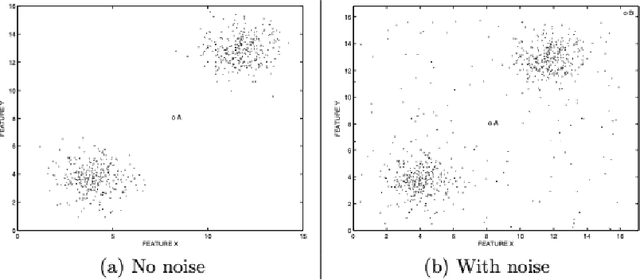
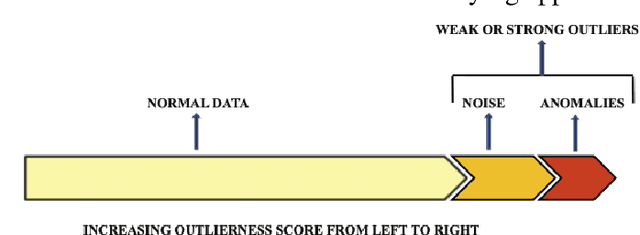
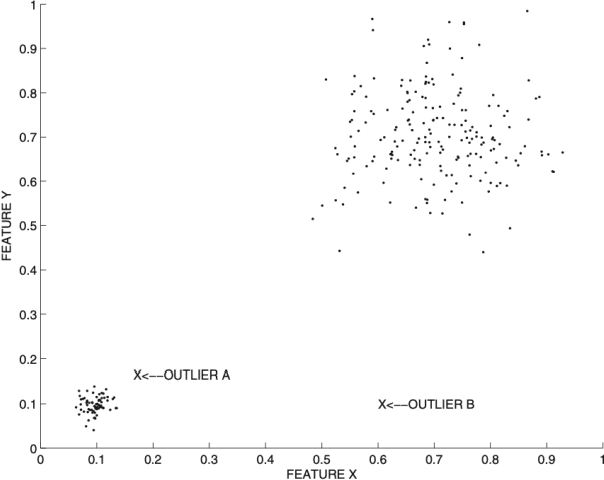
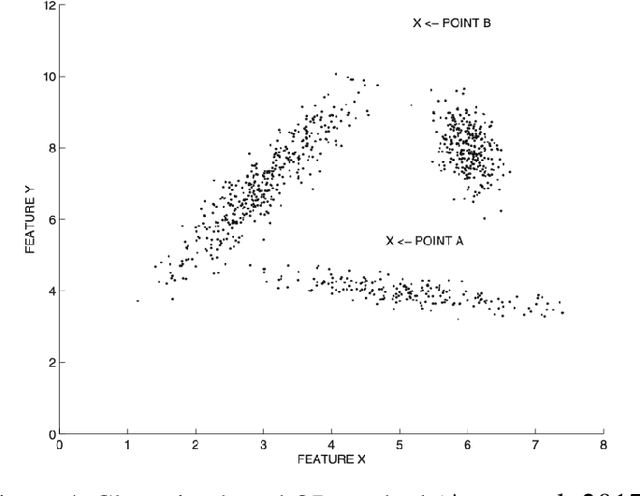
Abstract:An outlier is an event or observation that is defined as an unusual activity, intrusion, or a suspicious data point that lies at an irregular distance from a population. The definition of an outlier event, however, is subjective and depends on the application and the domain (Energy, Health, Wireless Network, etc.). It is important to detect outlier events as carefully as possible to avoid infrastructure failures because anomalous events can cause minor to severe damage to infrastructure. For instance, an attack on a cyber-physical system such as a microgrid may initiate voltage or frequency instability, thereby damaging a smart inverter which involves very expensive repairing. Unusual activities in microgrids can be mechanical faults, behavior changes in the system, human or instrument errors or a malicious attack. Accordingly, and due to its variability, Outlier Detection (OD) is an ever-growing research field. In this chapter, we discuss the progress of OD methods using AI techniques. For that, the fundamental concepts of each OD model are introduced via multiple categories. Broad range of OD methods are categorized into six major categories: Statistical-based, Distance-based, Density-based, Clustering-based, Learning-based, and Ensemble methods. For every category, we discuss recent state-of-the-art approaches, their application areas, and performances. After that, a brief discussion regarding the advantages, disadvantages, and challenges of each technique is provided with recommendations on future research directions. This survey aims to guide the reader to better understand recent progress of OD methods for the assurance of AI.
DeepAg: Deep Learning Approach for Measuring the Effects of Outlier Events on Agricultural Production and Policy
Nov 06, 2021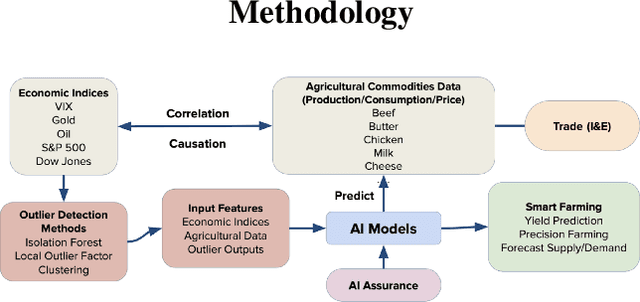
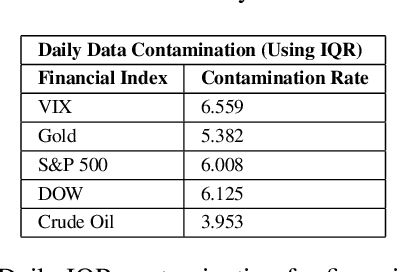
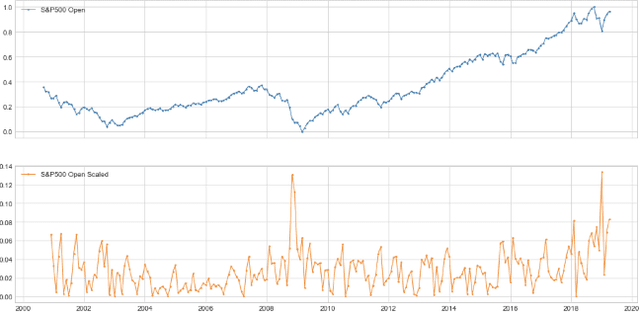
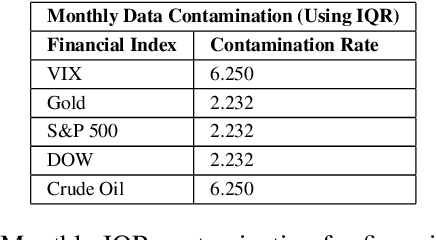
Abstract:Quantitative metrics that measure the global economy's equilibrium have strong and interdependent relationships with the agricultural supply chain and international trade flows. Sudden shocks in these processes caused by outlier events such as trade wars, pandemics, or weather can have complex effects on the global economy. In this paper, we propose a novel framework, namely: DeepAg, that employs econometrics and measures the effects of outlier events detection using Deep Learning (DL) to determine relationships between commonplace financial indices (such as the DowJones), and the production values of agricultural commodities (such as Cheese and Milk). We employed a DL technique called Long Short-Term Memory (LSTM) networks successfully to predict commodity production with high accuracy and also present five popular models (regression and boosting) as baselines to measure the effects of outlier events. The results indicate that DeepAg with outliers' considerations (using Isolation Forests) outperforms baseline models, as well as the same model without outliers detection. Outlier events make a considerable impact when predicting commodity production with respect to financial indices. Moreover, we present the implications of DeepAg on public policy, provide insights for policymakers and farmers, and for operational decisions in the agricultural ecosystem. Data are collected, models developed, and the results are recorded and presented.
 Add to Chrome
Add to Chrome Add to Firefox
Add to Firefox Add to Edge
Add to Edge